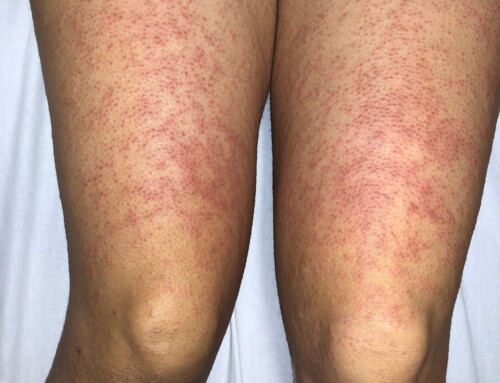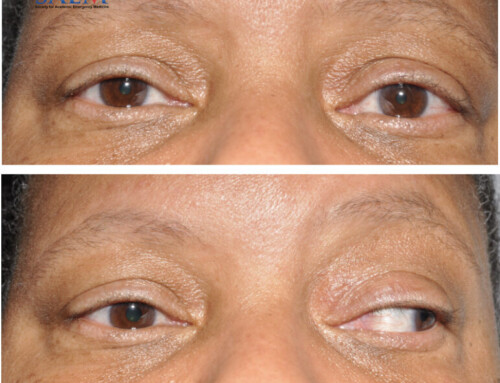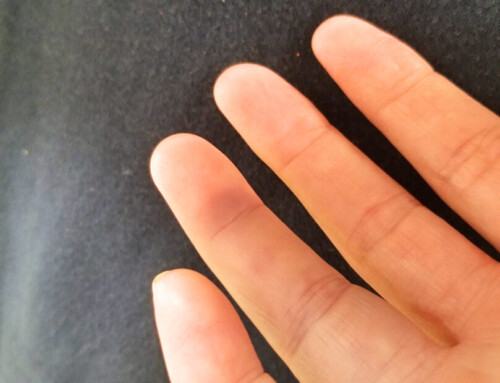Chief Complaint: Possible seizure, Left arm rash
History of Present Illness: A 29-year-old with a history of migraine headaches, thalassemia of unknown phenotype, and no history of hypertension or epilepsy arrived to the emergency department via ambulance after possible seizure. The patient had nausea and vomiting the morning after a night of heavy drinking. After several rounds of vomiting, she felt shaky, lightheaded and experienced paresthesia in both of her hands and feet. There was no loss of consciousness, confusion or incontinence. EMS reported hypertension and tremors with upper extremity spasms. The patient developed a left upper extremity rash distal to the blood pressure cuff after paramedics did the first blood pressure measurement.






